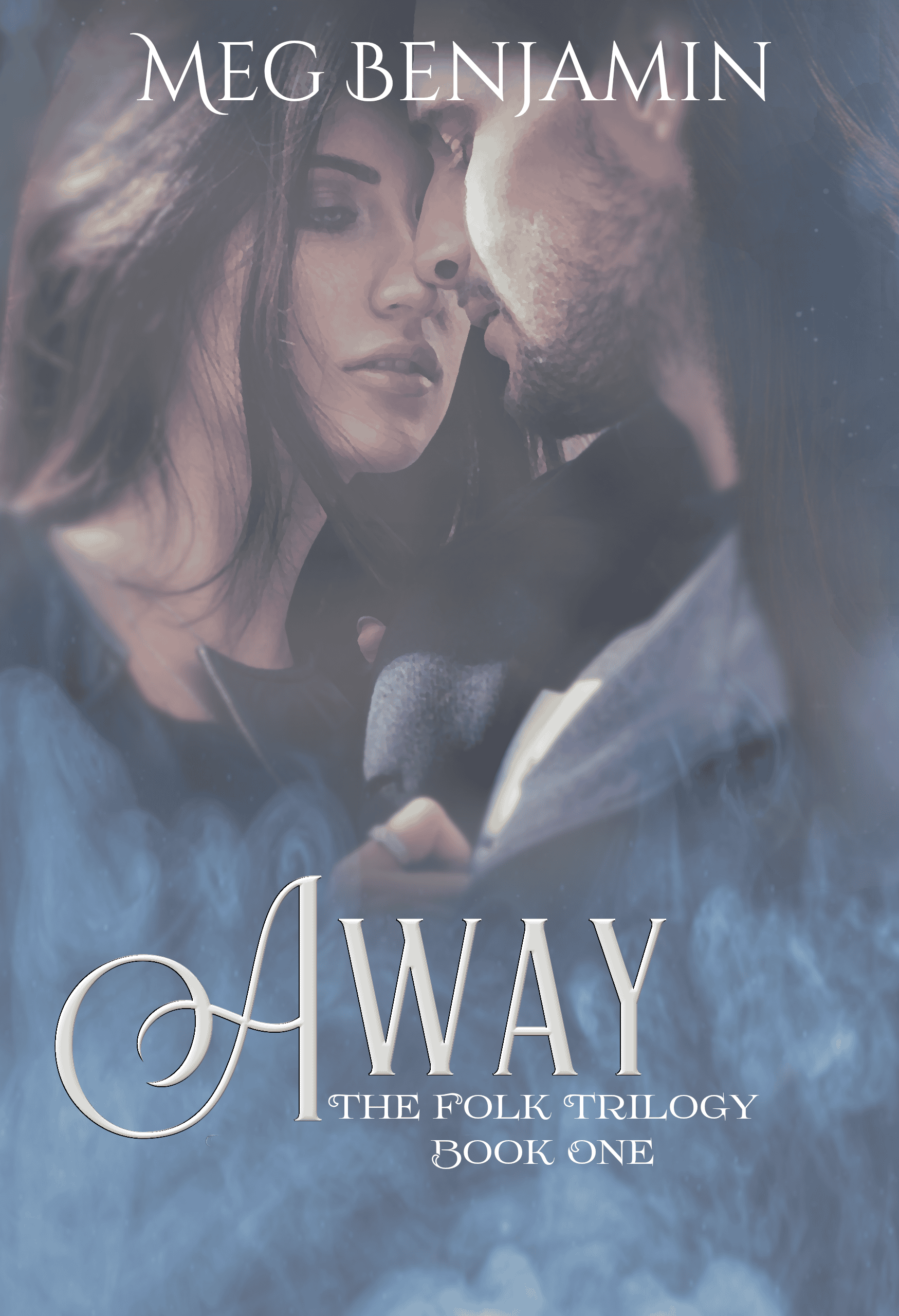Font Wars
If you’ve ever entered a writing contest, you’ve probably seen remnants of the great font controversy. Some contests nowadays allow writers the choice of Times or Courier, but I’d guess the majority still go with Courier. And writers who choose to use Times run the risk of encountering judges like the ones I ran into on a judges loop a couple of years ago. They claimed that entries written in Times always turned them off because they felt like the writers were “cheating” by using a font that allowed them to squeeze in more text. Now as somebody who vastly prefers Times to Courier, I’ve gotta say I’ve never understood this fanatical loyalty to a font whose only advantage seems to be its resemblance to a typewriter. So let’s examine some of the claims made in its favor.
1. Courier is the most readable (i.e., legible) font. Research on font readability is notoriously shaky because it’s always influenced by things like favorite fonts and font familiarity. Courier is, in fact, a larger font than Times (more about this below), but there’s no clear indication that it’s more readable. In fact, there’s some good evidence that it’s less readable at smaller sizes.
2. Courier is a more honest font. Really? Honest? I’m not even sure what that means. In reality, Courier is what’s called a monospaced font. That is, every letter in Courier takes up the same amount of space: an “i” is as wide as an “m”. This means text written in Courier takes up more space on the page and allows fewer characters per inch. Times was originally designed by Stanley Morison for the Times of London back in the 1930s. It’s a proportional font, meaning the width of the letters depends on their shape. But like most newspaper fonts, it was designed to be legible at any size so that the Times could use it for a variety of applications. Because it’s proportional, it takes up less space on the page with more characters per inch. That, in turn, means it looks somewhat more dense than Courier. But it’s not evil to be dense.
3. Publishers demand that manuscripts be submitted in Courier. Not that I’ve seen! These days publishers want manuscripts to be in digital form so that they can go directly to computer type setting. But you can submit them in Times just as easily as in Courier. Given that a manuscript done in Times is going to be less hefty than one done in Courier, it might even be an advantage to do so.
The bottom line, so far as I’ve been able to determine, is this: Courier is a holdover from the “good old days” when people typed up their manuscripts. It looks like a typewriter. Times, on the other hand, is a clear contribution of desktop publishing. It’s digital, baby! If contests and critique groups are concerned about the amount of text that judges and critique partners have to read (and, of course, they should be), it seems to me the way to deal with that is to limit the number of words that an entry can contain rather than to count pages and limit fonts. These days every word processing program includes a word count function, and in my experience publishers are more interested in the word count than the page count anyway.
So, dear contest judges and critique group moderators, give yourselves a break and try reading Times for a change. Trust me, you’ll be glad you did.
Posted in Blog • Tags: Courier, fonts, On Reading, On Writing, Times | 5 Comments








I did not know this, though I’ve never submitted my writing to a contest. I too prefer Times over Courier. However when I was a freshman in college one of the greatest things I learned was to change my papers from Times to Courier. Why? Because the font was larger and it would make my page count longer, which meant less research, less work and my ten page paper was done much faster. It was a lazy trick but it worked. Now that I’m back in school Times is the preferred academic font, in fact I think it’s the only font accepted in APA format. So I agree it should be allowed in contests and well…in any circumstance. 🙂
Ah, but the professors on the other end know that trick, also the one where the student turns in a paper in 14-point type (I even had a few try 18-point–I felt like I was reading something by Dr. Seuss).
Next time this question comes up, maybe this will help.
Holy crap!
Holy crap!
I echo that.